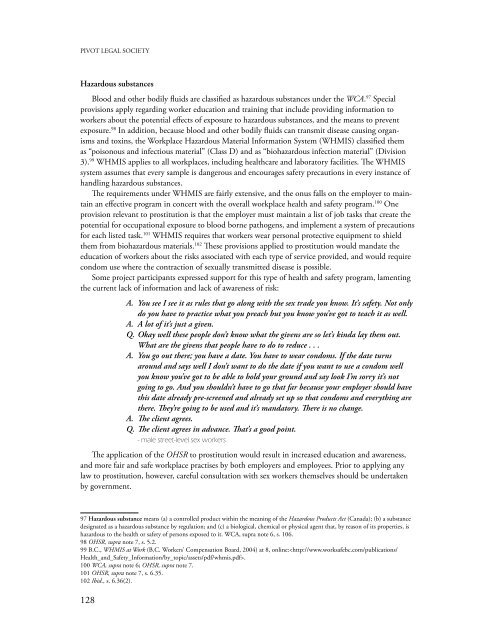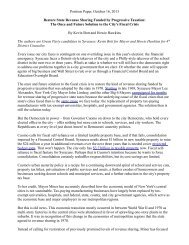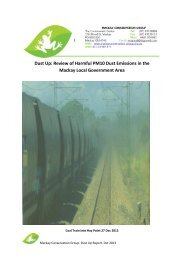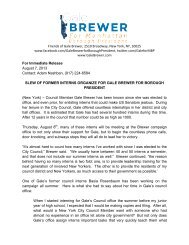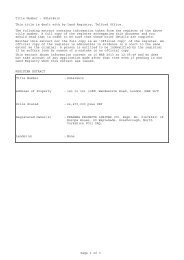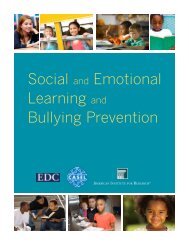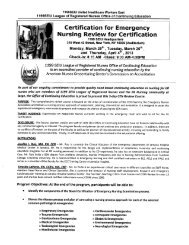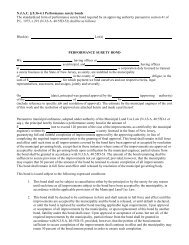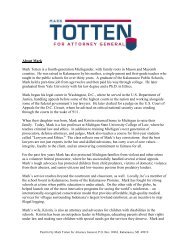Beyond Decriminalization: Sex-work, Human Rights and a New ...
Beyond Decriminalization: Sex-work, Human Rights and a New ...
Beyond Decriminalization: Sex-work, Human Rights and a New ...
- No tags were found...
Create successful ePaper yourself
Turn your PDF publications into a flip-book with our unique Google optimized e-Paper software.
PIVOT LEGAL SOCIETYHazardous substancesBlood <strong>and</strong> other bodily fluids are classified as hazardous substances under the WCA. 97 Specialprovisions apply regarding <strong>work</strong>er education <strong>and</strong> training that include providing information to<strong>work</strong>ers about the potential effects of exposure to hazardous substances, <strong>and</strong> the means to preventexposure. 98 In addition, because blood <strong>and</strong> other bodily fluids can transmit disease causing organisms<strong>and</strong> toxins, the Workplace Hazardous Material Information System (WHMIS) classified themas “poisonous <strong>and</strong> infectious material” (Class D) <strong>and</strong> as “biohazardous infection material” (Division3). 99 WHMIS applies to all <strong>work</strong>places, including healthcare <strong>and</strong> laboratory facilities. The WHMISsystem assumes that every sample is dangerous <strong>and</strong> encourages safety precautions in every instance ofh<strong>and</strong>ling hazardous substances.The requirements under WHMIS are fairly extensive, <strong>and</strong> the onus falls on the employer to maintainan effective program in concert with the overall <strong>work</strong>place health <strong>and</strong> safety program. 100 Oneprovision relevant to prostitution is that the employer must maintain a list of job tasks that create thepotential for occupational exposure to blood borne pathogens, <strong>and</strong> implement a system of precautionsfor each listed task. 101 WHMIS requires that <strong>work</strong>ers wear personal protective equipment to shieldthem from biohazardous materials. 102 These provisions applied to prostitution would m<strong>and</strong>ate theeducation of <strong>work</strong>ers about the risks associated with each type of service provided, <strong>and</strong> would requirecondom use where the contraction of sexually transmitted disease is possible.Some project participants expressed support for this type of health <strong>and</strong> safety program, lamentingthe current lack of information <strong>and</strong> lack of awareness of risk:A. You see I see it as rules that go along with the sex trade you know. It’s safety. Not onlydo you have to practice what you preach but you know you’ve got to teach it as well.A. A lot of it’s just a given.Q. Okay well these people don’t know what the givens are so let’s kinda lay them out.What are the givens that people have to do to reduce . . .A. You go out there; you have a date. You have to wear condoms. If the date turnsaround <strong>and</strong> says well I don’t want to do the date if you want to use a condom wellyou know you’ve got to be able to hold your ground <strong>and</strong> say look I’m sorry it’s notgoing to go. And you shouldn’t have to go that far because your employer should havethis date already pre-screened <strong>and</strong> already set up so that condoms <strong>and</strong> everything arethere. They’re going to be used <strong>and</strong> it’s m<strong>and</strong>atory. There is no change.A. The client agrees.Q. The client agrees in advance. That’s a good point.- male street-level sex <strong>work</strong>ersThe application of the OHSR to prostitution would result in increased education <strong>and</strong> awareness,<strong>and</strong> more fair <strong>and</strong> safe <strong>work</strong>place practises by both employers <strong>and</strong> employees. Prior to applying anylaw to prostitution, however, careful consultation with sex <strong>work</strong>ers themselves should be undertakenby government.97 Hazardous substance means (a) a controlled product within the meaning of the Hazardous Products Act (Canada); (b) a substancedesignated as a hazardous substance by regulation; <strong>and</strong> (c) a biological, chemical or physical agent that, by reason of its properties, ishazardous to the health or safety of persons exposed to it. WCA, supra note 6, s. 106.98 OHSR, supra note 7, s. 5.2.99 B.C., WHMIS at Work (B.C. Workers’ Compensation Board, 2004) at 8, online:.100 WCA, supra note 6; OHSR, supra note 7.101 OHSR, supra note 7, s. 6.35.102 Ibid., s. 6.36(2).128


